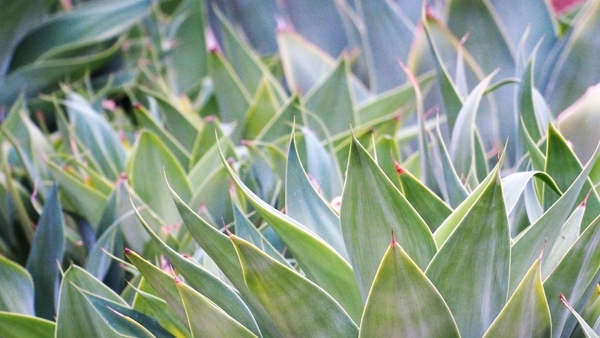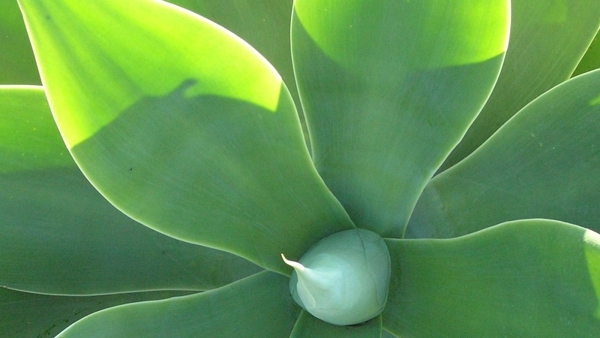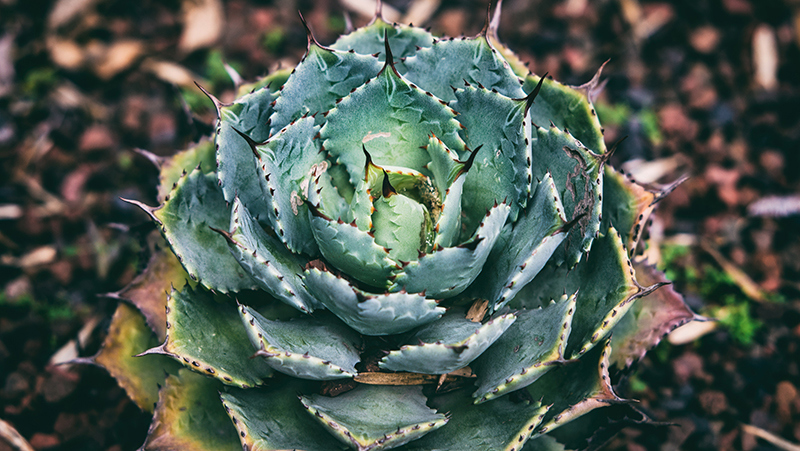Yates Account
Join now
Create a Yates account today!
Sign up to join the Yates Garden Club for monthly e-mails packed with seasonal inspiration, tips for success & exclusive promotions.
Plus if you’re a Garden Club member you can take part in the Yates Growing Community - a blog to share successes, get advice & win prizes in fun challenges along the way!

Forgot password
Enter the email address associated with your account, and we'll email you a new password.

Agave make great feature plants and can be grown in the ground or in containers. They are very low maintenance and hardwearing plants. Their stiff leaves form large rosettes that may be up to 1m across. Most have spiky margins although the popular, fast-growing A. attenuata has smooth grey-green leaves. Flower spikes of agaves emerge from the centre of the plant, often reaching several metres high.
How to grow agave in a garden
- Choose a sunny spot with well drained soil. Enrich the soil with Yates Thrive Natural Blood & Bone with Seaweed. In areas with heavy or clay soil, to help improve soil structure and drainage, add gypsum and mix in well.
- Dig the planting hole twice as wide and to the same depth as the root-ball. Remove the plant from the container, gently tease the roots and cut away any circled or tangled roots.
- Position in hole and backfill with soil, gently firming down. Form a raised or doughnut shaped ring of soil around the outer edge of the plant's root zone. This helps keep water where it's needed. Always water in well after planting to settle the soil around the roots and keep the soil moist for several weeks while the new plant establishes.
- Mulch around the base with organic mulch like bark chips, woodchip or pea straw, keeping it away from the trunk.
- Water deeply, once or twice a week, depending on weather conditions.
- Feed in Autumn and Spring with Yates Thrive Natural Fish Seaweed+ Plant Food Concentrate to promote strong root development and healthy colourful foliage.


How to grow agave in a pot
- Pick a variety that can be grown in a pot. Choose a pot at least twice the width and depth of the rootball. Position in full sun.
- Fill chosen pot with quality potting mix, such as Yates Thrive Cacti Succulent Potting Mix. Remove the shrub from the container, gently tease the roots and cut away any circled or tangled roots.
- Position in hole in centre of pot and backfill with potting mix, gently firming down. Water in well.
- Water deeply, once or twice a week, depending on weather conditions.
- Feed in Autumn and Spring with Yates Thrive Plant Food Spikes Cacti & Succulents to promote strong root development and healthy colourful foliage.

Growing tips
- Once an agave has flowered, the plant will slowly die but not before it has produced numerous offsets or suckers at the base that can be detached to start afresh.
- A. americana was named ‘century plant’ because it was thought to live that long before producing a flower. However, the real time is more like twenty to thirty years. This species is plain green but there are some attractive forms striped cream or yellow. Creamy-yellow flower spokes may reach 4-6m in height.
- An outstanding feature plant is the slow-growing Agave victoriae-reginae. Its dark-green leaves are attractively patterned in white, but the tips are very sharp.
- Some agaves are frost-tolerant while others need warm conditions.
- Some species have sharp spines on the leaf margins which can be dangerous.
- Sap of some Agave species can be irritating to skin.
- Leaves can be damaged by hail.
- Suckers can be separated from the base anytime, and treated like large cuttings.
- This information is from the Yates Garden Guide: fully revised & updated 79th edition, Harper Collins.
Zygocactus come in many colours and put on one of the most striking floral displays of any plant.
Yucca
Yuccas are striking plants that make a strong impact in the garden. Flowers are commonly white & held on strong stems above the foliage.
Rhipsalis
There is no plant like the Rhipsalis with long cascading green stems create an instant green waterfall wherever they are placed in the home.
Pig Face
Pigface provide an abundance of bright and cheerful flowers in Spring, they also play an important role as a soil stabiliser around our beaches.
Recommended products
Yates Thrive Natural Blood & Bone with Seaweed
A certified organic garden input boosted with NZ Seaweed to gently nourish plants, enrich the soil and encourage a strong healthy root system.
Yates Thrive Natural Fish & Seaweed+ Plant Food Concentrate
A complete plant food enriched with natural fish, seaweed, humates, molasses and more - boosted with NPK to improve plant and soil vitality.
Yates Thrive Cacti & Succulent Potting Mix
Specifically formulated for the successful growing of cacti and succulents, both indoors in pots and outdoors in the garden bed or pots.
Yates Thrive Plant Food Spikes Cacti & Succulents
Yates Thrive Plant Food Spikes Cacti & Succulents are specially designed to feed your cacti & succulents where they need it most, at the roots.

















Share
Share this article on social media